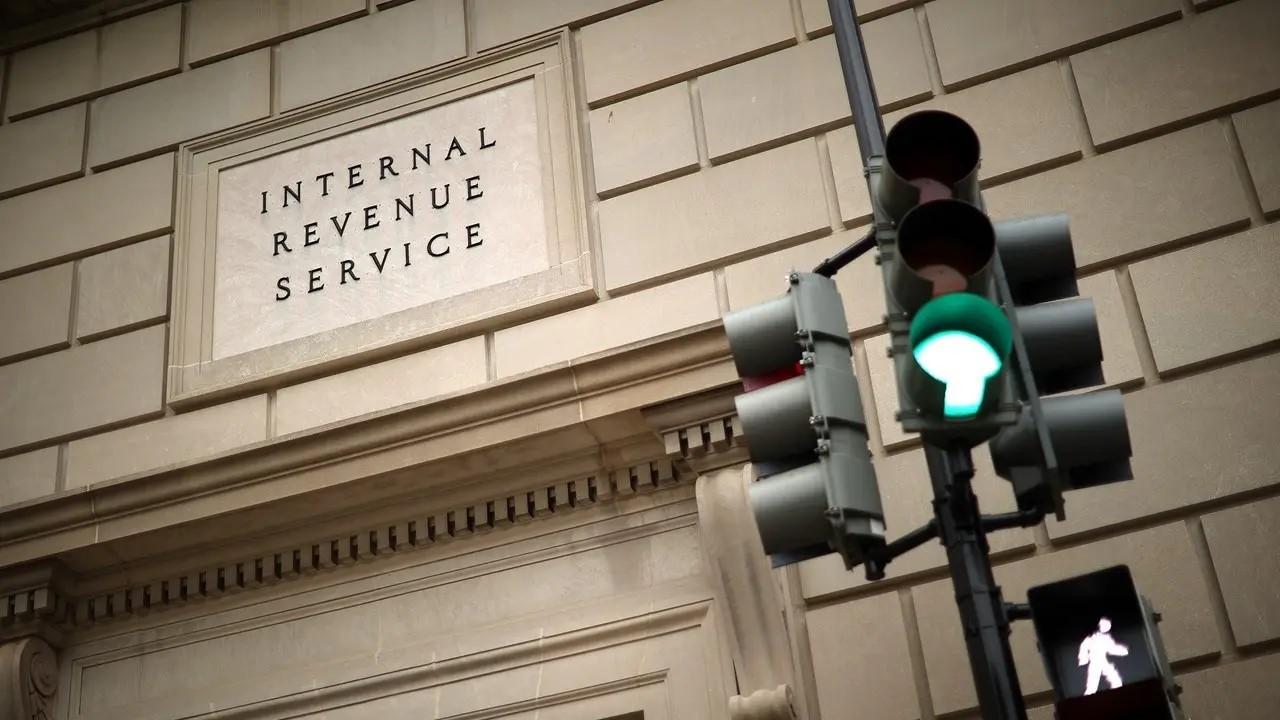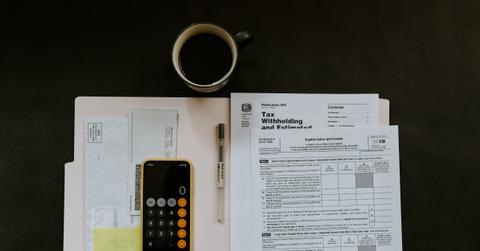How Will the New Child Tax Credit Affect Your Taxes?
The Enhanced Child Tax Credit increased the value of the 2021 child tax credit and changed how families will receive this benefit.
June 11 2021, Published 12:13 p.m. ET
In March’s American Rescue Plan Act signed into law by President Biden, changes were made to the U.S. child tax credit, in addition to stimulus check provisions. Currently, these changes only apply to 2021.
Benefits to help reduce the burden on American taxpayers include various tax credits like the child tax credit, which was for $2,000 per child for children aged 17 and younger in 2020. The American Rescue Plan changed the maximum amount to $3,000 per qualifying child plus an additional $600 for each child under the age of six.
How much is the 2021 child tax credit?
When filing your federal tax returns, families with children under age 18 are eligible for child tax credits (a reduction in tax liability for each qualifying child). The tax credit for children previously was up to $2,000.

The enhanced child tax credit for 2021 is worth $3,000 per child between ages six and 17. For children under age six, an extra $600 will be included in your family’s tax credit payments.
Much like with the eligibility for economic stimulus payments, there are income limits for child tax credits. The fully expanded child tax credit is for those with an adjusted gross income of $75,000 or less for individuals and $150,000 for joint tax filers.
For anyone whose income exceeds the limits, the tax credit phases out gradually. CNBC reported that the max income level for the enhanced child tax credit is $95,000 for individual filers and $170,000 for joint filers.
How will I get my 2021 child tax credit?
Normally, the child tax credit is a reduction in taxes that you don’t receive until you file taxes. For the 2021 tax year, the first half of the child tax credit is payable in monthly installments. Most people can expect direct deposits, while some will receive checks or debit cards.
Families eligible for the child tax credit don’t need to do anything (other than file your tax returns if you haven’t done so). Automatic monthly payments will start on July 15 in the amount of $300 for each child under six and $250 for each child between ages six and 17. The monthly payments will last through the end of 2021.
If you want to delay the child tax credit, you can use the forthcoming IRS portal to opt out of automatic monthly payments.
When you file your 2021 taxes, you’ll receive the second half of the child tax credit as a refund. Those who opt out of monthly installments can file to receive the full tax credit at that time.

How to get the child tax credit if you don’t file taxes
For families who wouldn’t file tax returns, the IRS will launch an online portal soon where they can update important information in order to receive the enhanced child tax credit.
Elaine Maag, a principal research associate at the Urban-Brookings Tax Policy Center, told CNBC that this is good news because families that don’t file taxes usually have low incomes and would benefit the most from the child tax credit. The IRS might not have their information for sending payments.

